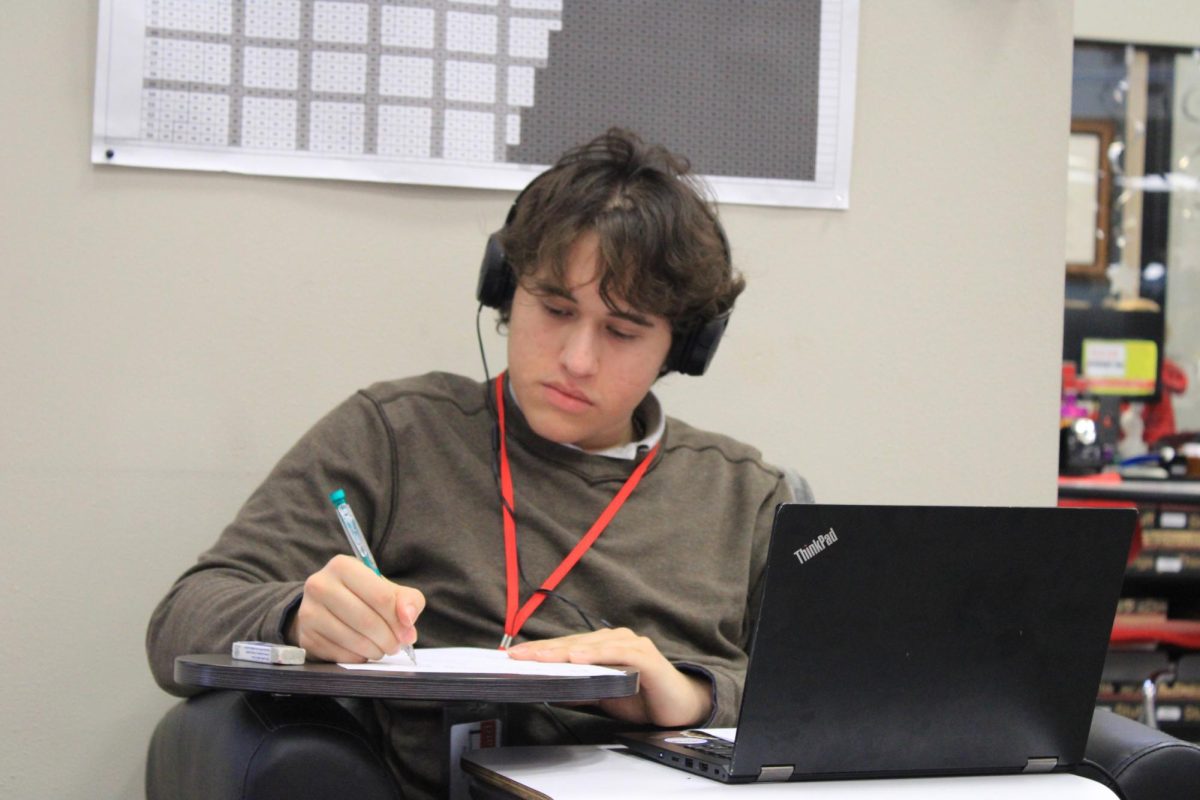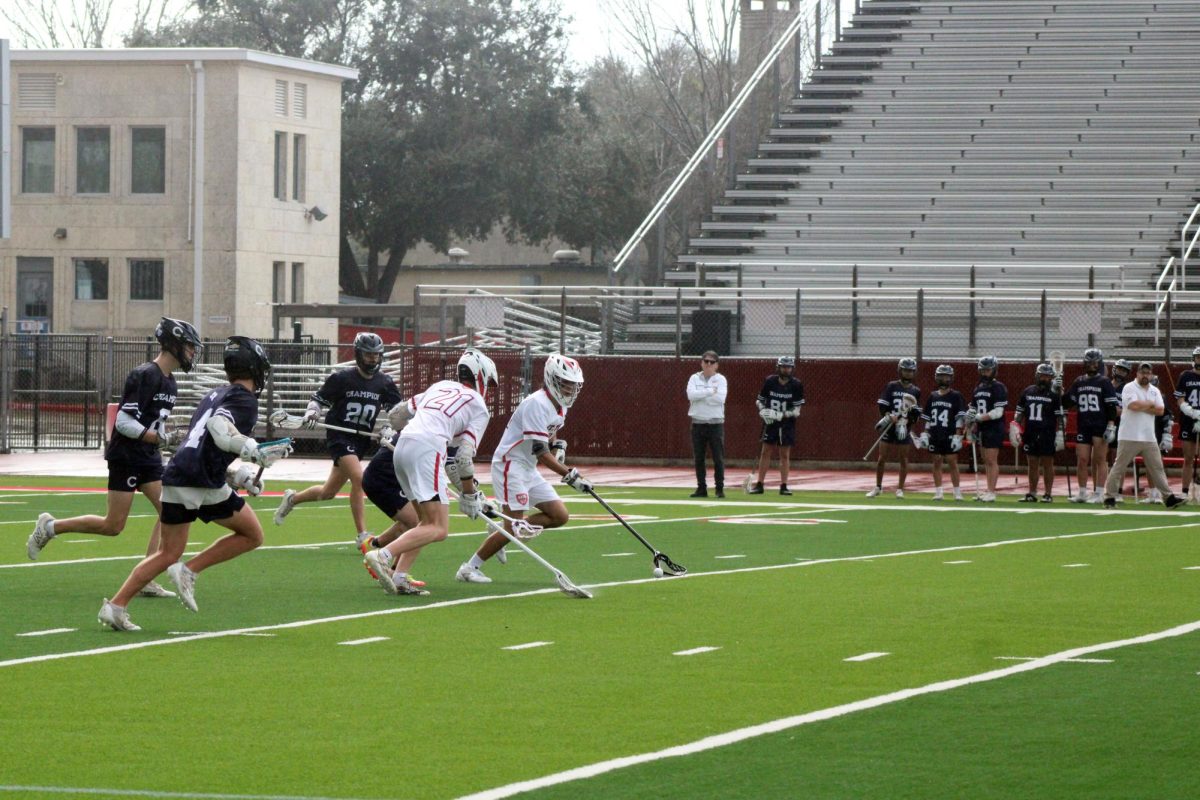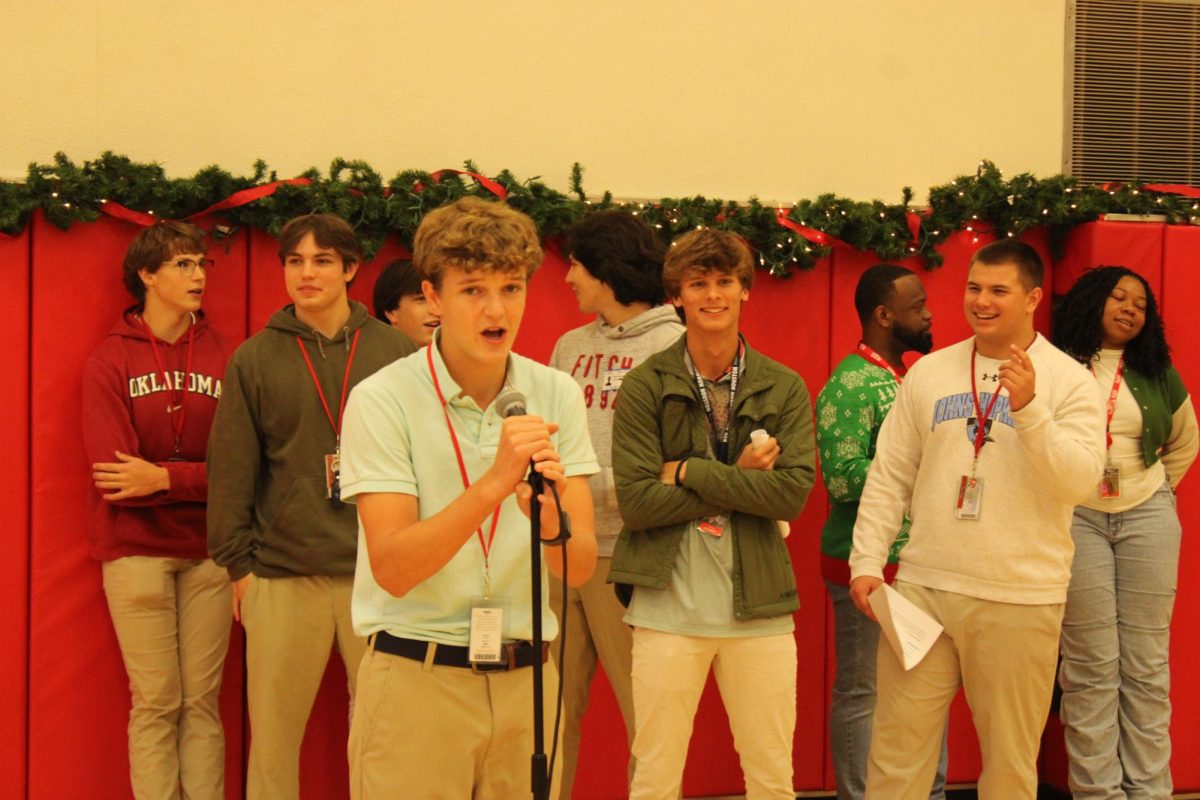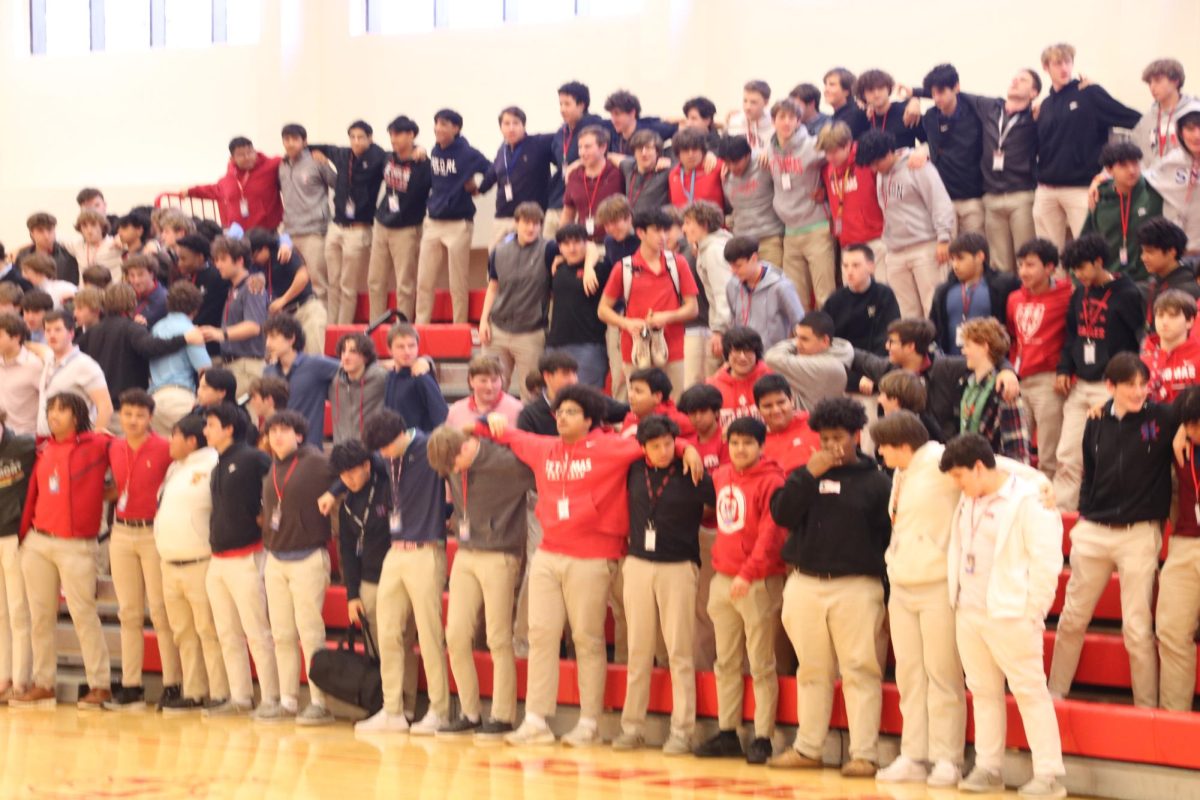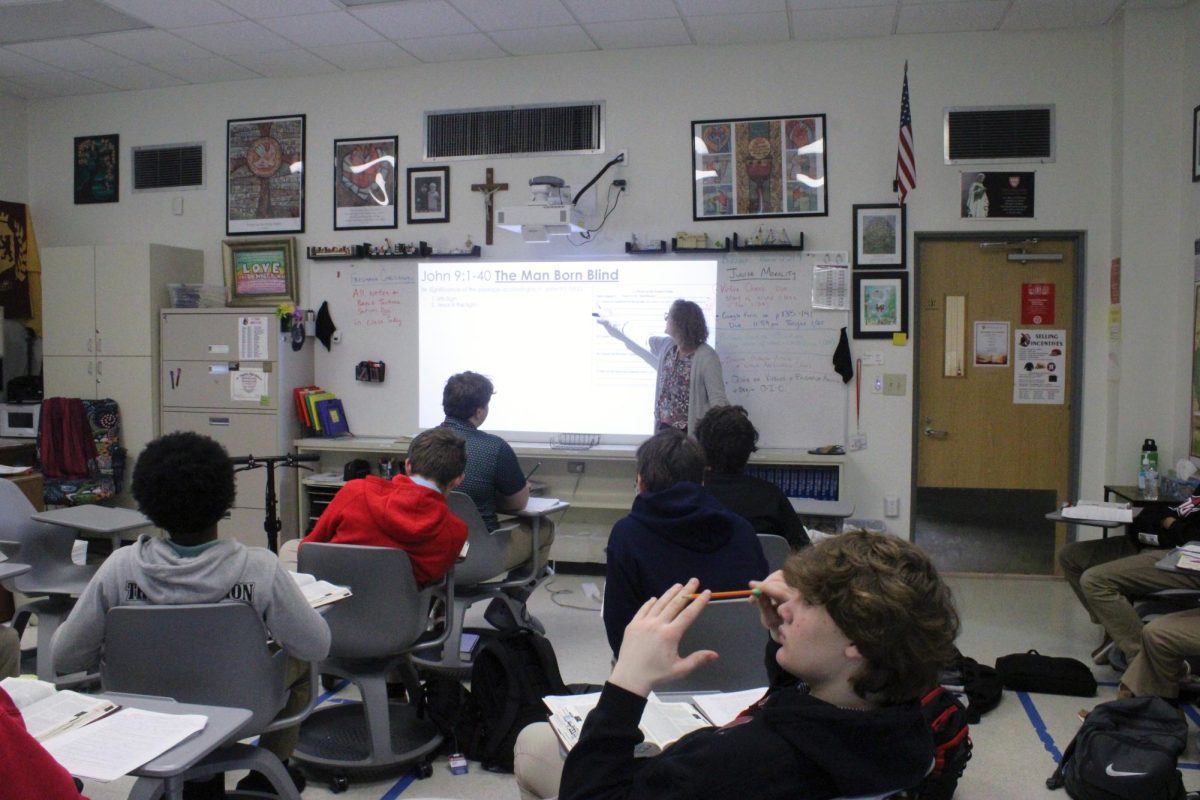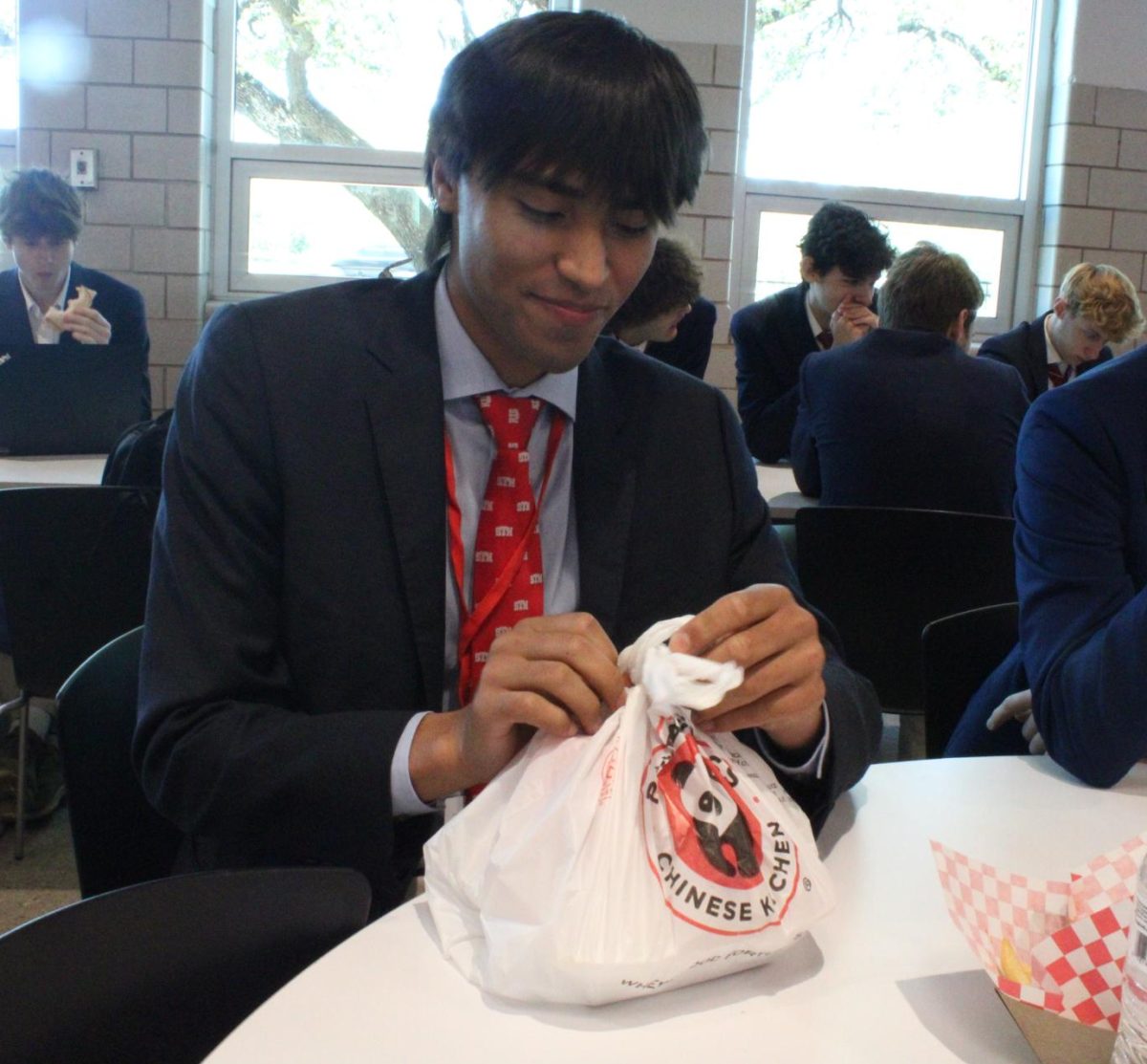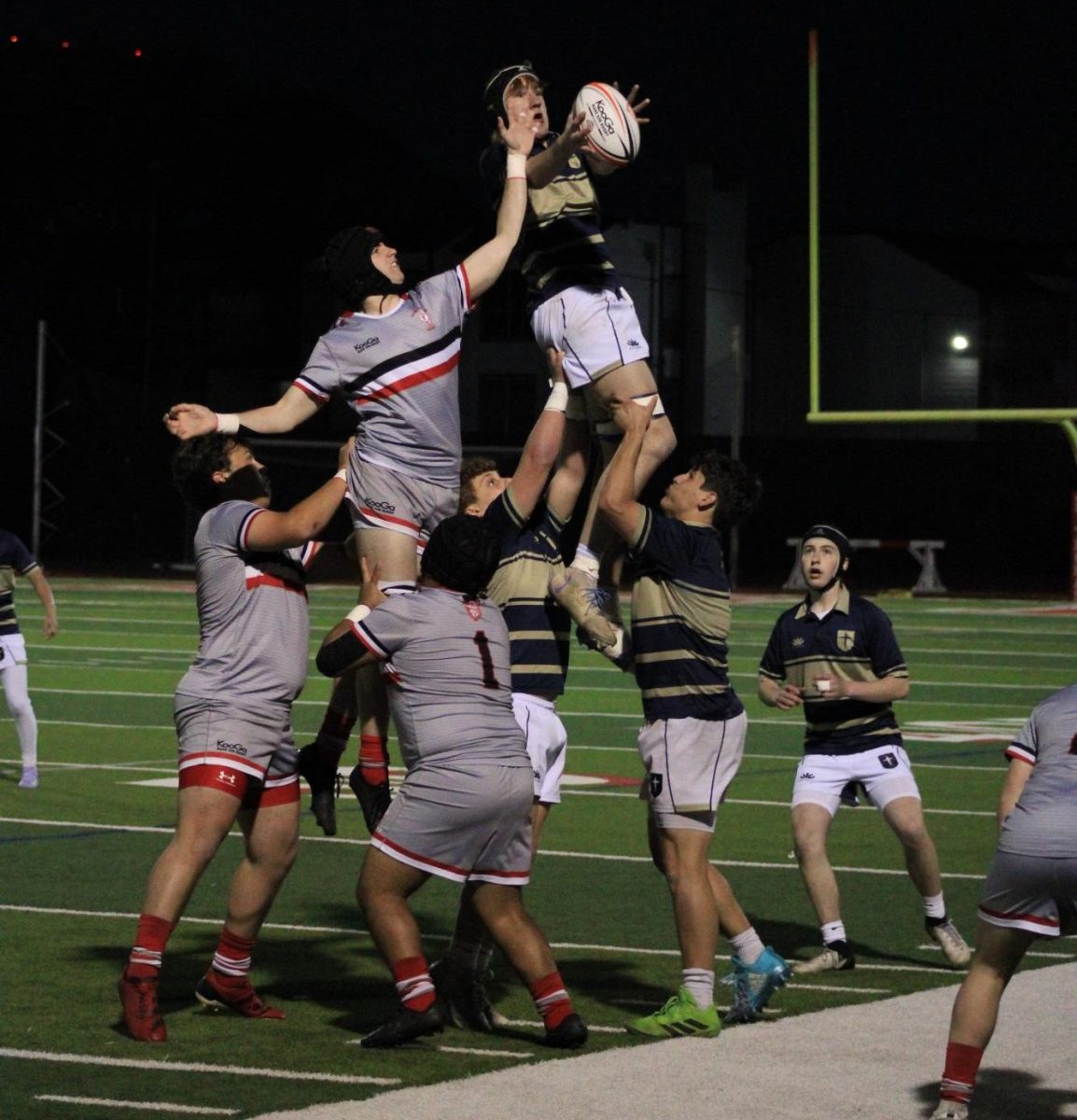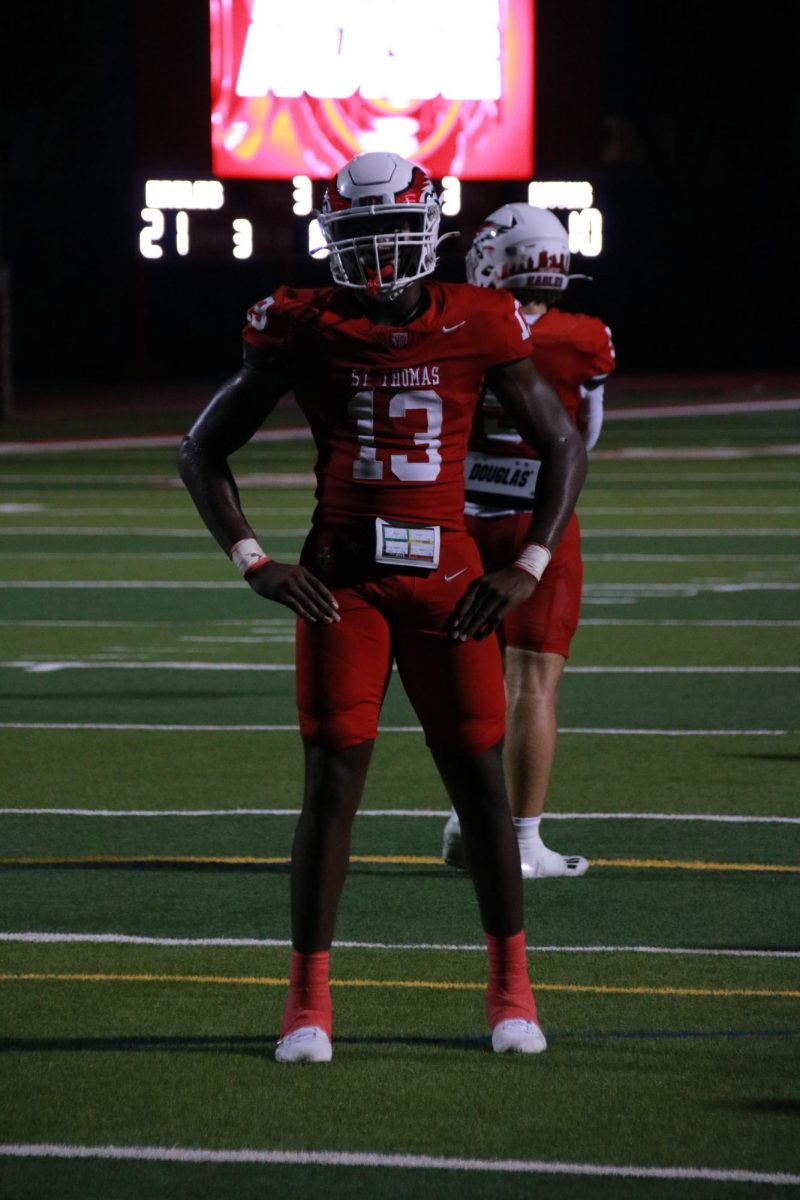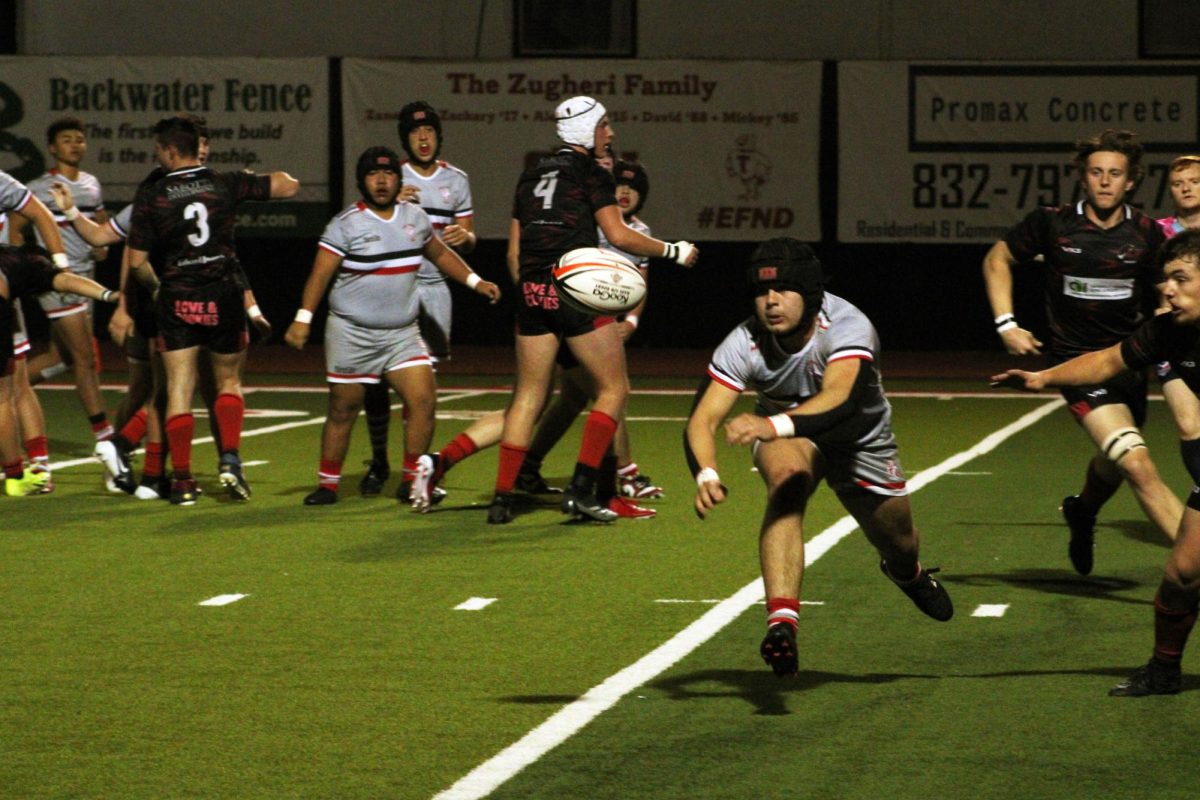Studying in the right environment is essential to student success, yet many of St. Thomas’s study spots fall short when it comes to providing both comfort and practicality. Students encounter a variety of challenges when trying to find the right study space. Obstacles like inadequate desk space, uncomfortable setting, or noisy environments can make it difficult for students to work efficiently. By addressing these issues, the school can better meet the needs of its students and foster an environment that encourages productivity and concentration.
The LEC is often considered one of the best places for focused study at St. Thomas. Since it is a designated study area with a quiet atmosphere and abundant natural light, it makes an ideal location for students who need to concentrate. However, the seating arrangement in the LEC leaves much to be desired. As cushioned chairs are limited and are often taken first, many students are left sitting in hard plastic chairs and carpeted benches, which can become uncomfortable, especially during longer study sessions.
“Even though the LEC was made for studying, the hard seating can sometimes be a distraction for students who really need to concentrate,” Jesus Barboza ‘26 said.
To improve this space, the school could add more ergonomic seating options, such as more cushioned seating or softer benches, to ensure that comfort doesn’t become a barrier to productivity.
The Rotunda is a popular spot for students who are looking for a change of scenery. Although it wasn’t originally intended as a study area, many students still choose to use the space to get work done after school. The furniture in the Rotunda makes it a tempting place to relax, but the noise and layout of the space can hinder productivity. Additionally, the tables are not designed for studying, making it difficult to focus on assignments.
“The sofa is comfy, but the noise from people walking by makes it hard to concentrate when I’m trying to do some work,” Joshua Davis ‘25 said.
The Rotunda could benefit from a reconfiguration of its seating and study areas. Adding designated study tables would help make the space more suitable for academic work while still allowing it to remain a functional entryway and symbol of St. Thomas’s rich history. Balancing its historical significance with its transformation into a study space could help create an environment that serves both its legacy and the needs of students.
Similar to the Rotunda, the Student Center wasn’t originally designed as a study space, but many students still find it a comfortable spot to work. This is especially true for seniors with Eagle Pass privileges, who often gather there to relax and complete assignments during their study hall period. Couches here are some of the most comfortable in the school, but the lack of suitable desk space, and the occasional noise from gaming machines make it difficult to focus on more intense assignments.
“It’s nice to have a space that is away from the usual school stuff, and all the guys who have Eagle Pass the same period kinda all meet there, but sometimes not having a desk is annoying while I’m doing my work” Jack Reid ‘25 said.
A quiet area with proper desks away from the gaming machines would allow students to take advantage of the Student Center’s comfort while minimizing distractions.
Finally, the Maida Field Overlook is a hidden gem for students seeking a quiet and scenic study space. Located in the science hallway, it offers a peaceful environment with a great view of the practice field. However, the seating in this area is not ideal for studying. The stools are tall and uncomfortable, and the desk height is too low, which forces students to bend down uncomfortably while working.
“The view is great and I can watch different sports practice, but that desk is super low and not really meant for studying,” Adrian Alli ‘28 said.
To improve this area, the school could consider replacing the stools with more comfortable seating and adjusting the desk height to make it easier for students to write or work on their laptops.
While each of these spaces has its own, unique features, they are not fully optimized for studying in their current forms. From uncomfortable seating to noisy environments and lack of proper desks, students face challenges in finding a space that supports their academic needs. By making simple adjustments, such as adding ergonomic chairs, providing proper desk space, and creating designated quiet areas, St. Thomas can improve its study spots and create a more conducive environment for student success.
It’s time for students, teachers, and administrators to work together to transform these spaces into study-friendly areas that not only offer comfort but also promote focus and productivity. After all, a great study space is key to helping students do their best work—whether it’s in the LEC, the Student Center, or a quiet corner with a view of Maida Field. However, it is equally important to take care of our study spaces, making sure they remain functional for everyone. By working together, we can make sure these areas continue to support our academic success for years to come.


